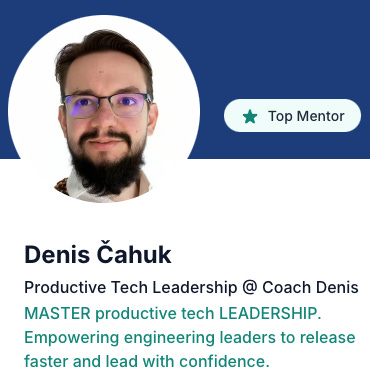Strangler Fig Applications ≠ Stable ProjectsThe purpose is exchanging the old constraints for new ones, rather than making the application appear more youthful. And they rarely go according to plan.
Engineering Teams modernise legacy systems for one reason only: to change its essential architectural constraints. Trading one set of properties that no longer serves the business for another to allow engineers to move faster. For a few years. In 2013 I lead a special task force to de-risk our oldest parts of our backend. Pre-react, pre-microservices, this was a giant company with legacy systems still using PHP4 (I just aged myself there, thank you). This system was the touch point of high revenue features and user-facing analytics. We—the engineers—identified these constraints leading to high maintenance costs. Maintenance costs that resulted in less than ideal compromises on what to prioritise and how quickly we can roll out new features to market while still having budget for observability and compliance. Constraints pre-modernizationThis backend system grew out of complex application as a result of merging two companies. This resulted in heavy friction in the following areas:
Targeted ConstraintsI gathered the main areas of improvements as a set of wish lists. Obviously this was all way too ambitious for the fast pace of the company, but the wider vision allowed pragmatism and efficacy to work together.
This was the plan. It looked great and doable. Surely this will be a stable project? Actual OutcomeI had an intuition that perfecting the entire would take months. We had a few weeks. So I gathered the engineers in question and we set out to triage the main objectives. Here’s what we actually delivered, in order of completion as far as I can still remember: 1. TDD for all changes in the new subsystemNot just newly written components. The team had no experience with BDD or behavior decomposition, so the initial version was rough—heavy mocks, legacy interfaces. But it was a necessary painful step to give the business more confidence in our practices. 2. Extract a single component for Critical User Journey to act as a high-frequency learning tool
There was no way we were going to split up the entire backend equally. So we set out to extract the most critical subsystem and keep it small so we could iterate fast on it. We ran into issues of upgrading vendor-related dependencies, custom compiled modules so feedback loop times got a higher priority than scope. 3. Create a simple SDK for opt-in usage of new functionality
First two days we pivoted our efforts to create an SDK that mimicked old scenarios fully showing the network boundary explicitly. This used a combination of JSON-RPC and interface-sharing in Subversion submodules. Industry was still using XML-SOAP2.0, so our approach was novel at the time. 4. NEW: Containerise the new dev environments to allow for rapid onboarding of new engineers from other team.
It turned out that the old system was so heavily bound to the working desktop of each engineer that nobody could work on both at the same time without major re-installation of components. Did I mention this was pre-docker? Containerising the IDE itself using X-forwarding in Linux allowed everyone to do hit-and-runs in key places of the new stack whenever they had a minor change request that they could do themselves with minimal training. Of all the changes, this one we simply couldn’t see coming. Developer Experience is key for any modernization attempts and 10 years later when coaching teams I still see it being one of the main reasons for developer churn and low productivity. Credit where Credit is dueThe old system was messy. We all contribute to its creation and eventual sunsetting. The new system would also at some point become legacy. Code doesn’t age. It’s the constraints of the software that become obsolete over time. I couldn’t have done any of this without the talented team I was working with: Taj, Alen, Metod, Ahac, Aleksander, Gregor, and Davor. Martin Fowler coined the term ‘strangler fig approach’ in the software context. He recently updated his article about it and I invite you to consider his recommendation for legacy software displacement:
I help engineering leads cut through the noise to get teams on track to greatness. If you find Crafting Tech Teams and this article valuable please share it with your friends and coworkers. You’re currently a free subscriber to Crafting Tech Teams. For the full experience, upgrade your subscription. Whenever you’re ready, here are 3 ways I can help you:📙 Grab your copy of the No-nonsense TDD booklet to get insights on why and how to save money adopting better craftsmanship concepts 📚 Join the Tech Leaders’ Guild Book club where you learn pragmatic speed reading and we discuss engineering leadership and technology strategy books with other tech leads, CTOs and engineering management experts. New book start of every month. We finish books fast. 🔮 For bespoke coaching for leaders and their teams, schedule an intro call with me to discuss your biggest obstacles in becoming more profitable and confident in your engineering outcomes. |

